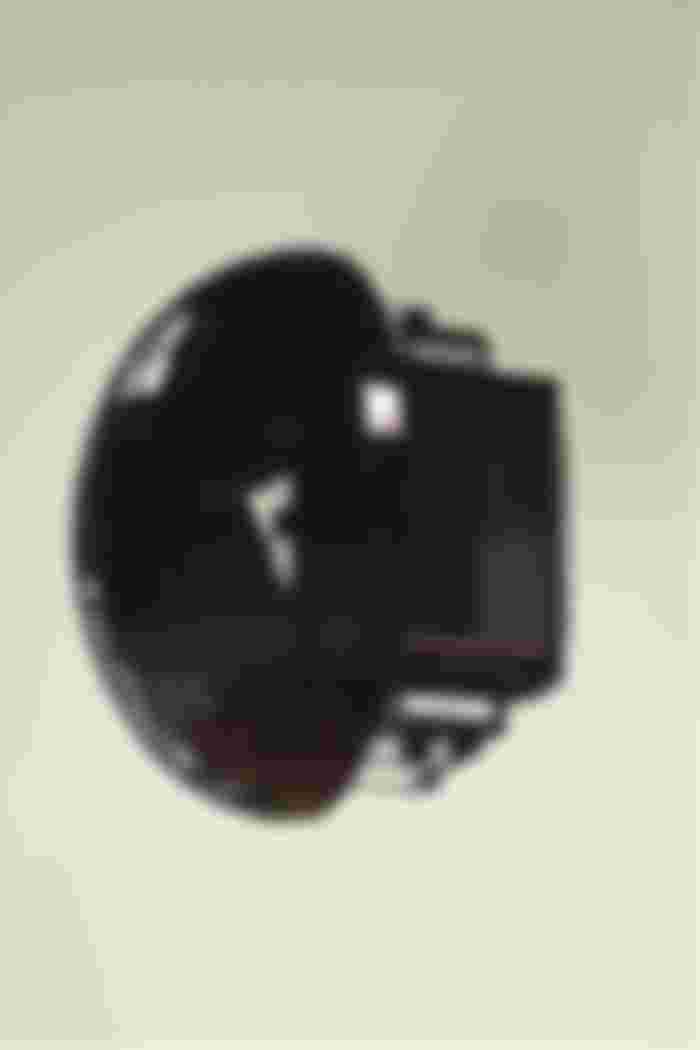So I had a workshop or a training earlier this year which was based on 3D printing as it is a lot related to Polymers(not to bore you with this). There is a lot to know about 3D printing that can't even be imagined. On this note, I would like to introduce you lovely readers to the world of 3D printing and how it would have an effect on building, constructing, and manufacturing of components in the nearest future.
I don't really know if it is a thing, but I am a 3D enthusiast. I just love the 3-Dimensional world, if it’s 3D modeling, 3D animation, 3D constructed buildings, I LOVE IT. 2-Dimension is basically 2 axis i.e. x-axis and y-axis, which means if there is a drawing in 2-Dimension like when we sketch on a piece of paper, it is basically drawing in the x-direction (x-axis horizontal) and y-direction (y-axis vertical). The case of 3-Dimension, there is an introduction of the third axis which is the z-axis. In this case, we know that the x-axis and y-axis are placed lying flat on a surface. Imagine we have a flat paper on the ground, it has an x-axis which is horizontal, and a y-axis which is vertical. Then if we keep stacking this piece of paper on top of one another, we have our z-axis which makes the piece of paper more of a solidified object. Therefore, we obtain a 3-Dimensional object.

There are various powerful softwares that we can use to create and re-create various objects and even real life scenes. I'll talk more about this in a future article I post. But this article i write today, is bringing use to the reality that the virtual world can come to life. I can design something in 3D space and we print it out and it becomes a reality, a real life object. There is more to this as we would need more than just the 3D creating software, we would also need the 3D printing machine (which cost a lot).
When it comes to manufacturing almost anything, 3D printing has been a huge success. It has had a particularly large impact on additive manufacturing and swift prototyping. The inclusion of 3D printers in the process gave rise to the phrase "additive manufacturing." A 3D digital file that instructs the machine serves as the process' blueprint.
The building industry is one of the areas where 3D printing has been applied. A 3D printed house can be completed in as little as 24 hours. Though, I won't say that's where it is majorly used as of today as its used majorly in these two engineering fields, Metallurgical and Materials Engineering and Mechanical engineering. We can also add Electrical and electronics engineering.
Please do check out my amazing
sponsors!The technology of 3D printing
It all started in 1984, when the stereolithography process was discovered. The combination of photopolymers and UV lasers was used to create layers. Since then, 3D printing technology has advanced significantly. A 3D pen is the most convenient method to get started with 3D printing.
3D printing has become a fulcrum on which manufacturing businesses are leveraging their processes, thanks to the employment of increasingly modern technology and software.
Costs are reduced across the board when 3D printing is used, from the manufacturer to the buyer. Another benefit is that it is much faster, which saves both time and money.

3D printed Residential homes
Because it is both simple and cost effective, 3D printing is the future of home construction. Many individuals still consider quality housing to be a luxury. A 3D printer, especially in developing nations, can assist solve this problem. While it still has a long way to go when compared to standard housing, it is a far more durable solution than lean-tos.
Technology has progressed to the point where high-rise structures are being built or planned. Today's 3D printing technology is far more powerful and durable than ever before, and we must take advantage of it.
Another advantage of 3D printed homes or workplaces is that they are highly scalable, which means you can quickly add extra rooms or areas.
Let's take a closer look at the advantages of 3D printed houses.
Switching to 3D printing for construction purposes has a number of real advantages. Here are a few that you should be aware of:
Durability and strength
One of the most common misconceptions regarding 3D printed houses is that they are less structurally sound than their traditional equivalents. This could hardly be more untrue. 3D printing reduces stress areas in the construction process, resulting in a building that is truly stronger. For example, there are some 3D buildings that can resist some amount of earthquake shocks.
Speed
Traditional methods that use materials like concrete take a long time to dry and are vulnerable to the whims of the weather during that period. 3D printing, on the other hand, is quick and simple. A house built traditionally can take 6-7 months to complete. When you compare this to 3D printing processes, where a house can be built in a day, you can see the possibilities.
Expenses
Due to the low consumption of materials and labor, 3D printing can significantly reduce construction expenses. The cost of a 650 square foot residence is about $10,000. With more people using the technology, this might drop to $4,000. This is a significant savings when compared to typical house-building methods.
Flexibility
When it comes to design and utility, 3D printing opens up a world of opportunities. You may now use this new technology to create curvy constructions that are far more highly durable and rigid. This opens up the possibility of experimenting with different shapes to create a really unique home according to the homeowner's preferences.
Conclusion
So as we can all see, using 3D printing for our construction or building requirements has several advantages. There are a few minor issues to address, such as the surface not being as smooth as a typical home and the printers being costly. We may expect these issues to be resolved in the long run. 3D printing appears to have a bright future as a construction technology!
So I'm eagerly waiting for the engineering wonders in the nearest future!
Please like, comment and subscribe.
Thanks as always for reading!


3D printing is already here. It's not yet massive in usage but in the future it will probably replace traditional building. Good article, thanks.